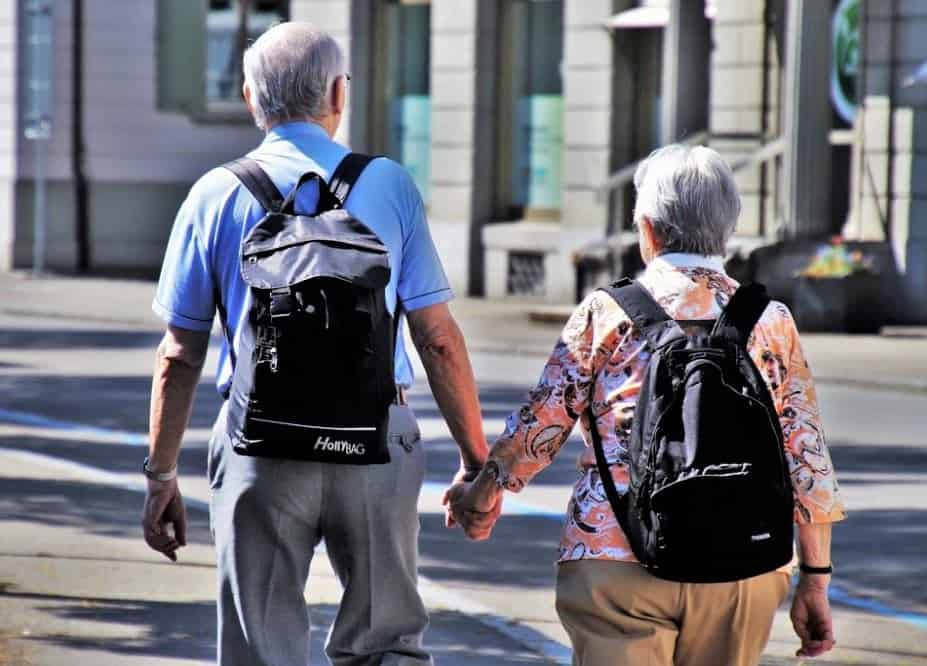
The continued improvement in the world of technology has changed how we live. One area that has seen a significant transformation in recent years is senior living. Technology has revolutionized how seniors experience their golden years, from healthcare and communication to entertainment and safety. This post will investigate how technology enhances the quality of life for older adults and transforms the landscape of senior living.
Improved Communication
Communication is vital to staying connected at any stage of life, but it is crucial for seniors. Modern technology has made it easier for seniors to maintain contact with their loved ones and friends. Retirement homes like Riverview Retirement Community use video conferencing software to facilitate conversations between residents and their loved ones from anywhere in the world. Smartphones with messaging apps, like Skype or FaceTime, have also made it simple for seniors to stay connected without leaving their homes.
It is also easier for seniors to remain independent with the help of modern communication devices. Services like Philips Lifeline offer seniors a personal help button, which allows them to contact emergency services in case of an accident or medical emergency. The device also offers medication reminders, health checks, and other essential services for older adults.
Health Tracking
Picture a situation where seniors can effectively monitor their health in real-time and provide that data to their doctor for analysis. Thanks to technology, that is now a reality. Wearable fitness trackers such as Fitbits allow seniors to monitor their physical activities and even track vital signs such as heart rate and blood pressure. This means that seniors can take a proactive approach to their health and work with their doctor to ensure they stay in shape.
Advancements in medical technology have made it easier for seniors to access healthcare and receive the care they need. Telemedicine is one of the most significant changes in healthcare, allowing remote diagnosis and treatment via video conferencing. This means that seniors can now consult with their doctor without having to travel to a medical facility.
Safety and Security
Falls are one of the biggest threats for seniors, and technology is helping reduce their occurrence. Smart home systems such as Amazon Echo and Google Home allow seniors to watch their homes from anywhere. With simple voice commands, seniors can control the lights and thermostats in their homes and monitor any activity with cameras or sensors. This means that seniors can keep an eye on their homes even when they’re away and take action if they see anything suspicious.
In the event of an emergency, seniors can call for help with the touch of a button. Smart devices fitted with an emergency alert system can quickly alert medical personnel or family members if a senior needs assistance. The device can also be programmed to remind seniors to take their medication or keep track of their vitals.
Entertainment
Seniors are often looking for ways to stay entertained and active, and technology is helping make that easier. Streaming services like Netflix, Hulu, and Amazon Prime provide seniors with an extensive collection of movies and TV shows to enjoy from the comfort of their homes. Seniors can stay connected and have fun with friends through social gaming platforms such as Xbox Live or PlayStation Network. Streaming services like Spotify and Apple Music also allow seniors to access their favorite tunes from anywhere.
Entertainment isn’t just about movies and music. Technology can also help seniors stay physically active through virtual exercise classes. Seniors can take part in fitness classes or participate in educational activities without ever having to leave their homes.
Telehealth
Telehealth has become increasingly popular in recent years, and it’s no surprise why. Thanks to telehealth services, seniors can now receive medical advice from their doctor without leaving the house. Through video calling functions and web-based portals, seniors can quickly consult with their doctor and immediately receive the treatment they need. This is especially useful for seniors with difficulty leaving the house due to age or disability.
Telehealth is not all about medical advice. Seniors can also use telehealth services to stay connected with other seniors and participate in social activities remotely. This allows seniors to remain engaged with their peers without having to leave the house or go out into public areas.
Mobility
Seniors who can no longer drive may need help getting around. Thanks to technology, they can now go to any point without breaking a sweat. Ride-sharing services such as Uber and Lyft allow seniors to easily order a car right from their smartphone, putting them in the driver’s seat of their transportation. Additionally, navigation apps such as Google Maps or Waze make it easy for seniors to find their way around town without getting lost.
Scooters and robotic walkers are also becoming increasingly popular. Seniors can have mobility devices delivered right to their door so they don’t have to navigate the streets on foot or take public transportation. These devices offer a safe, convenient way for seniors to get around without relying on others.
Technology has been a significant boon for seniors in recent years. It has made it easier than ever for them to stay connected, monitor their health, and get where they need to go. By embracing these technologies, seniors can live a better quality of life regardless of their age or physical abilities.

